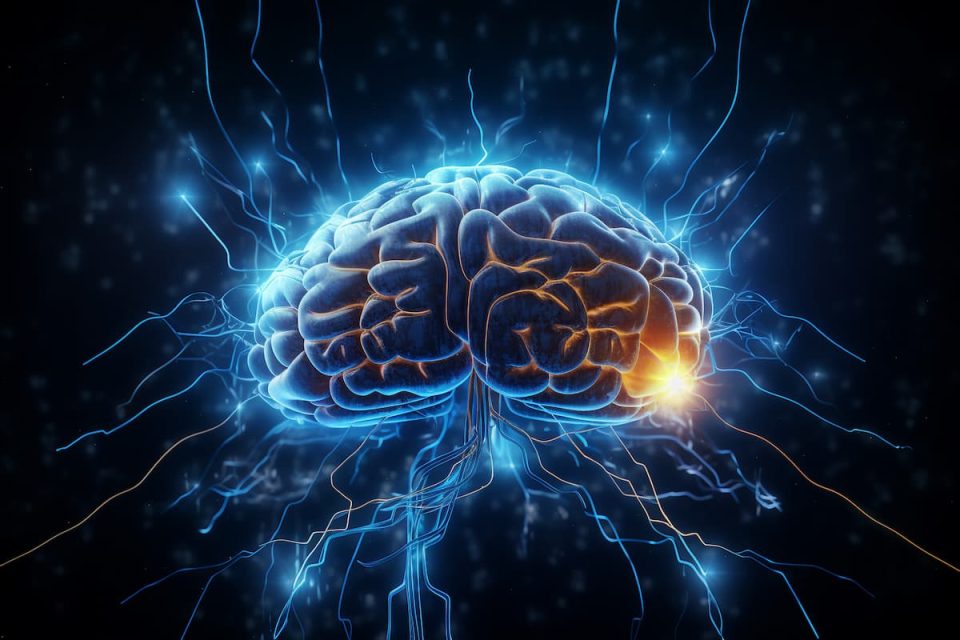Depression is a pervasive mental health disorder that significantly impacts daily functioning and overall quality of life. According to the World Health Organization, over 264 million individuals globally grapple with depression, with women being more susceptible than men. One of the gravest outcomes of unaddressed or untreated depression is the heightened risk of suicide, marking the importance of effective intervention strategies.
Symptoms of Depression on Five Levels
The manifestation of depression spans across various dimensions – physical, mental, emotional, social and spiritual. Physically, individuals may experience fatigue, sleep irregularities, and appetite changes. Mentally, it may manifest as impaired concentration, indecisiveness, and memory problems. Emotionally, persistent feelings of sadness, hopelessness, and anxiety are common. Socially, it often leads to a withdrawal from relationships and social engagements. When it comes to spiritual symptoms, a person might be questioning the purpose of life and whether it is worth living – the exact question that could lead to them attempting to take their life.
Depression Prevention
In light of its prevalence, the focus on preventive measures for depression is surprisingly inadequate. Addressing potential triggers and promoting mental wellness from an early stage can significantly mitigate the onset and severity of depression.
Passive Approach to Treating Depression
Traditionally, the treatment of depression often starts with the prescribing SSRI medications (Selective Serotonin Reuptake Inhibitors) aimed at regulating serotonin levels in the brain to alleviate depressive symptoms. This can be seen as a passive approach to treatment and, while beneficial for some, it necessitates caution, particularly among younger adults, teenagers and children, due to potential adverse effects, the worst of which is heightened suicidal ideation.
Active Approach to Treating Depression
On the other hand, an active approach to treating depression encourages individuals to take integrative, proactive steps on their healing journey. This involves nurturing physical health through balanced nutrition and regular exercise, and fostering social connections by engaging in community activities or social groups. The active engagement in one’s treatment process promotes self-efficacy, resilience, and a sense of agency which are crucial for long-term management of depression.
The efficacy of therapeutic interventions often correlates with the level of active participation and engagement from the individual. Therapy is a collaborative endeavor, and a proactive engagement often leads to more favorable outcomes. The active approach underscores the importance of personal involvement and motivation in navigating through the challenges posed by depression, promoting not just symptom alleviation, but a holistic enhancement of well-being.
Conclusion
If you or a loved one is facing depression, remember, the pathway to healing is often a blend of external support and inner personal action. While your initial impulse may be to seek external help, the true success comes when you realize that you are the ones holding the power. Actively engaging in the process is what allows you to navigate through the fog of depression towards hope, improved mental health, and a more fulfilling life.


